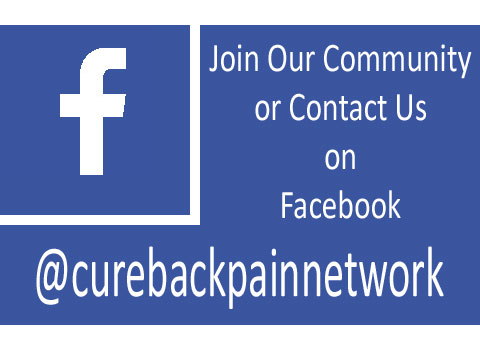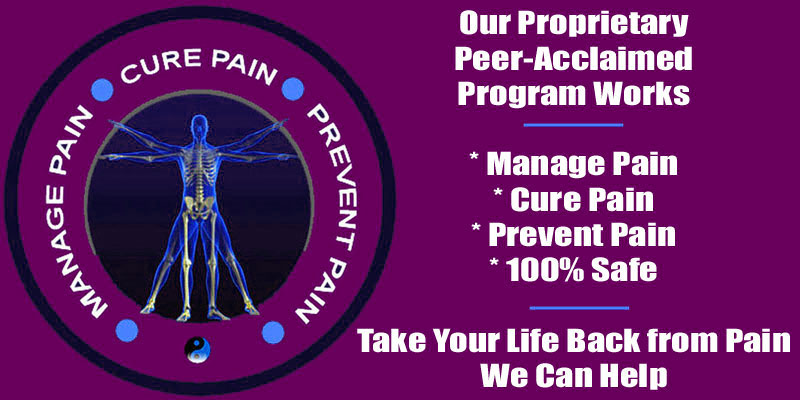
Scoliosis research is a continuing venture, being that doctors are no closer to discovering what causes scoliosis, nor the best way to treat it. Few advances have been made in decades when it comes to learning more about atypical lateral spinal curvature and the number of people affected by the condition has actually increased.
Research can describe medical investigation as to the causes and possible cures for scoliosis and in that respect, it is very important. However, even more important is the research that you do for yourself as a diagnosed patient or the parents of a child with scoliosis. Learning to separate fact from fiction is one of the most important skills any patient must learn if they are to live normally in an often clueless and sometimes adversarial scoliosis treatment industry.
This essay details some important considerations concerning scoliosis research from both medical and individual points of view.
Medical Scoliosis Research
Medical science is always advancing its knowledge and working to better diagnostic and treatment outcomes for all patients and all conditions. In theory, doctors involved in medical research want to help the population of the world in some way. However, most research is specifically geared towards making money, often at any expense, including the general health and wellness of patients.
Scoliosis has been studied for many decades, but most of what we know today was learned rather early in the medical investigation of the condition. In some respects, although management of the condition has improved, doctors are no closer to really understanding its origins or the best way to treat it then we were decades ago.
Despite widespread medical research, the best doctors have managed to do is to implement bracing that can usually slow or prevent some types of curvatures from progressing. Researchers have not developed any way to prevent curvatures from occurring in susceptible patients, nor have they found a way to reverse spinal curvature that has already occurred.
Treatments for existing curvatures are mostly pharmacological and toxic, or surgical and barbaric. None are overly effective. When it comes to scoliosis treatment, medical science offers drugs which devastate overall health. Doctors also offer surgical fusion of the spine, which may be necessary in some cases, but always comes at great risk and expense to normal physical function. Worse still, fusion demonstrates no proof of reducing pain for any condition, even when it is necessary for stabilizing a compromised spine. In fact, postoperative fusion patients often suffer worse pain, as well as a variety of problematic health issues for life. Spinal fusion remains one of the most complication-ridden of all surgical procedures.
Scoliosis Research by Patients and Parents
Being passive is the perfect way to be victimized in the modern medical industry. Healthcare workers are all competing to make money and unfortunately, many prioritize economics over health. They might have gone into the care field with the best intentions, but are soon forced to embrace a cut-throat mentality of medical business in order to prosper. It is simply the way doctoring is now…
Misdiagnosis of scoliosis as a cause of pain is rampant, despite actual misidentification of the condition being almost unheard of. Treatment is often unnecessary, but performed nevertheless, often to great detriment to the patient. The consequences of scoliosis treatment can be worse than the condition itself and might result in death, permanent injury or disability.
Patients and their parents must be cautious when seeking diagnostic evaluation and treatment. Being informed about the objective facts of scoliosis is necessary. Naive patients are often herded towards profitable therapies, often without any proof of their need, indication or efficacy. Be warned!
Breakthroughs in Scoliosis Research
Everything is not so bleak when it comes to scoliosis research. There are some promising avenues that could mean major advances in treatment being studied currently.
Genetic research may provide telltale markers of who is likely to develop scoliosis and even how severe the curvature might be. This can be helpful in implementing interventions at the right stage of life, before the curvature can take hold and change the anatomy.
Stem cell research might provide an actual way to prevent or cure scoliosis by allowing the body to naturally correct itself using cells that have been programmed to perform a specific task. The possibilities for stem cell treatment seem endless, but actually making it work despite the controversy over sources of stem cells might prove too much for humanity to accomplish…
Computer modeling and 3D printing have been used to chart progression of curvatures and improve brace designs. New 3D printing technology can be used to reduce the cost of customized orthotic braces, as well as improve their fit and efficacy.
We hope that medical science will continue to work towards a day when scoliosis is a thing of the past. However, we just hope that the collateral damage inflicted on patients by current unenlightened therapies will be minimal until that end is achieved.





